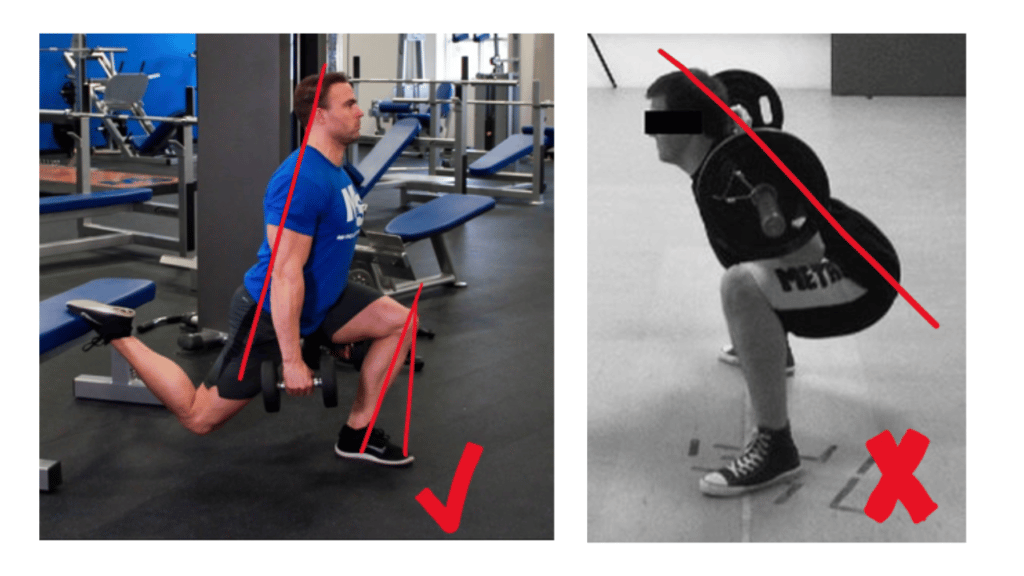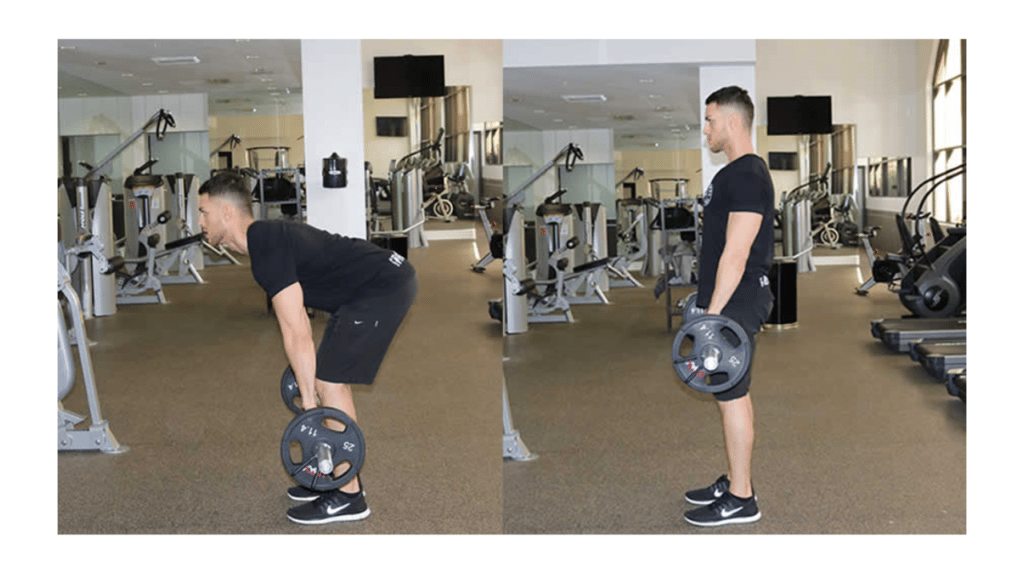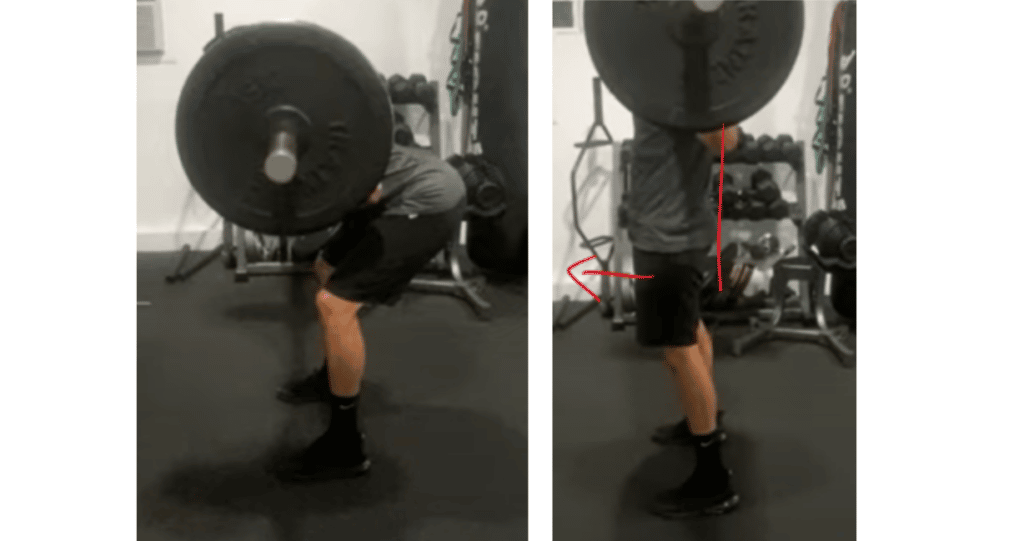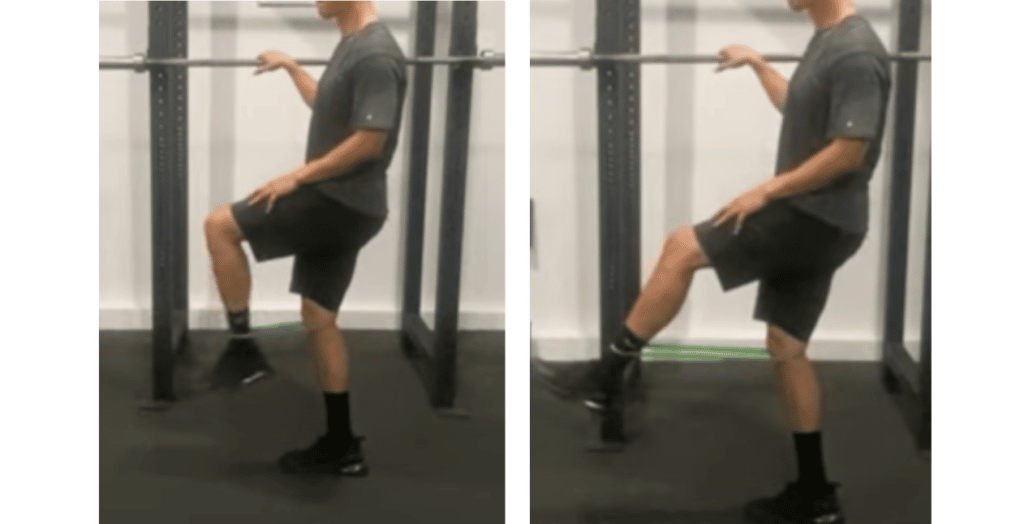Strength Training Fundamentals: Build Muscle and Power
Jun 11, 2024
Embarking on the path of strength training is a commendable effort to improve one’s physical well-being. For beginners, this journey can often appear as uncharted territory, raising questions and uncertainties leaving them pondering various aspects.
These queries include: Which muscle groups should you focus on for improved performance? How many repetitions should be part of each set? What’s the most suitable equipment for your specific training goals?
This comprehensive guide unveils the essential principles, valuable tips, and techniques to unravel the basics of strength training. So let’s get started!
Understanding Strength Training
Strength training, also recognized as resistance training, constitutes an integral facet of any plyometric program and can help improve your sprinting. It concentrates on developing muscle track and endurance by subjecting your muscles to resistance during training sprints.
If you’re looking for ways to improve your training and achieve efficient results, understanding its core principles is crucial.
Progressive Overload in Strength Training
Muscles necessitate unceasing challenges with increased resistance during exercises to promote muscle growth and adapt effectively.
By gradually elevating the weight, repetitions, speed, or intensity of your training sprints through progressive overload, you will stimulate muscle growth and continue to progress toward your goals.
Specificity
Your strength training program should be customized to meet your individual upper body goals and the unique needs of your technique.
Specificity dictates that the adaptations your legs or other areas of your body make in response to exercise will be specific to the type of training you practice. For example, if you aim to enhance your upper body strength, focus on upper body exercises during your training pace.
Individualization
Each person is unique, and what works for one person during their training sessions may not work for another.
The principle of individualization highlights the importance of analyzing factors such as age, fitness level, and aspirations to develop your program. Moreover, this ensure that your training is both safe and effective for your specific training needs.
Recovery From Strength Training
Adequate rest and recovery are vital for muscle growth and preventing injury during your training sprints. Strength training causes microscopic damage to your muscle fibers, which then repair and grow during your rest periods between training sessions. Be sure to schedule rest days and avoid overtraining to maximize your muscle and stride results and power.
Variation
Injecting variety into your strength training routine can help avoid plateaus and keep you engaged during your training pace.
Variation suggests that you should regularly change up your upper body exercises, effort, repetitions, or intensity to keep your upper body muscles challenged and stimulated.
Consistency
To see progress and maintain your gains during your training sprints, it’s essential to be consistent with your strength training routine.
This technique underscores the importance of committing to a regular upper body workout schedule. Once you stick to it, over time it can build maximum strength and muscle endurance for your fitness goals.
Understanding and applying these principles of strength training during your gym sprints is of utmost importance. Ultimately it can result in a stronger, healthier upper body, enhancing power, speed, and muscle endurance for your fitness journey.
How to Increase Your Power for Sprinting Through Strength Training
Single Leg Rear Foot Elevated Split Squats
When you get to the bottom of the intervals of motion in an actual squat, a lot of times you find yourself in a little bit more of a flexed spine position in the lower back. In these exercises, a sprinter has a more neutral (extended) position in the spine, which will improve your sprinting.
Also, in this rear elevated squat, athletes can really sit down deep and get a lot of drive. When you’re doing this exercise, make sure you’re not allowing your knee to go too far over your toe or angle in towards the center of your force. Instead, you should aim for your knee to go over your second and/or third toe.

Squats/Deadlifts
If you want to squat, aim for something that you’re pulling from the ground. Trap bar deadlifts are a good way to still get that squatting action and intervals of motion. This way you can still work your glutes, hamstrings, back, and improve your sprinting, while putting less stress on your lumbar spine.

Straight leg deadlifts are also great because you will be able to lengthen the hamstring as you’re going through the motion. Athletes can expand their drills by putting something behind their heel or toe. This exercise benefits your explosive power, hamstring mobility, and jumping, which are all key components in sprinting.

Lunges
There’s a lot of different variations sprinters can adopt involving lunges. You can use dumbbells, kettlebells, or a barbell, and do lunges where you’re walking, stepping back, or reversing.
No matter which type of lunge you choose, you need to make sure that you are controlling your knee. This means that your knee isn’t collapsing inward and that you’re getting plenty of forward bend.
You also want to maintain a good extension technique within the back hip as you are going through. Lunges are great because it can help you address any muscle imbalances that you may have.

Nordic Hamstring Curls
These are a great option to create length and control in the hamstring of a sprinter, both of which are crucial for improving your speed. Also, Nordic curls increase hip flexion, which benefits your stability, and knee flexion strength, which helps you in shock absorption.

Good Mornings
Good mornings are really good for strengthening the muscles in your posterior chain, which are the hamstrings, lower back, and glutes. It’s great for the range of motion and eccentric, or lengthening, control of the hamstring.
This will help you increase and maximize your speed and keep your hamstring healthy, as well as reduce the risk of injury. As you are coming through in the exercise, you want to mainly focus on driving your hips all the way forward- this will benefit your lower back strength.

Quad and Hip Strength Training
This band sprinter is great for hip flexor strength and being able to maintain a good extension within your knee. The motion carries over to frontside mechanics, which will help maximize your stride and increasing your speed.

Anterior Tibialis
Working out your anterior tibs is super important because it lessens the risk of injury, as well as assists in stabilizing the knee joint. This sprinter really focuses on the range of motion within the anterior tibialis and ankle.
You will be going through dorsiflexion and plantar flexion, which will help you absorb the ground better. In addition, you can also transition off of the floor quicker to maximize your speed and efficiency.

Broad Jumps
Although this isn’t a technique bearing track, it can help increase extension within the posterior chain. It also helps you gain a lot of power, which can easily be translated into sprinting.
Strength Training Benefits
Strength training serves as a fundamental phase in enhancing overall physical health and fitness, with a focus on honing the performance of a sprinters arms and various muscle groups. It offers a multitude of benefits that are pivotal in a well-rounded workout routine.
- Muscle Building: Strength training is your ally in developing robust arm muscles, significantly enhancing your posture and overall strength.
- Flexibility: It augments the range of motion in your joints, allowing for improved mobility and reducing the risk of muscle and joint-related injuries. A prime reason for this is the intensified energy it imparts to your form.
- Injury Risk Reduction: Engaging in strength training drills is an effective way to minimize the likelihood of injuries during workouts or sports activities.
- Metabolism Boost: This form of workout elevates your metabolic rate, allowing you to burn calories with maximum efficiency, and enhancing your ability to maintain a healthy weight.
- Calorie Burn: It torches more calories than traditional cardio workouts within the same time frame, thanks to its high-intensity technique, making it a powerhouse of energy expenditure.
These advantages collectively underscore the significance of strength training in a sprinters workout regimen. It not only builds explosive strength but also increases the efficiency of your movement, enabling you to perform at your best.
By boosting your metabolic rate, it transforms your body into an energy-efficient calorie-burning machine, even after the workout phase ends. In essence, it’s about training smarter, not investing more efforts.
Hence, integrating strength training into your fitness efforts promises swift, safe, and noticeable results when executed correctly. Consistently incorporating strength practice into your workouts leaves you feeling energized and looking fantastic.
Safety Precautions
Safety remains paramount in the realm of strength training and sprint workouts, ensuring a fruitful gym journey.
Before embarking on your sprint training ground or explosive plyometrics routine, taking the right precautions is essential to protect your well-being and enable you to relish your exercises without the burden of recovery.
Here are some indispensable safety tips to keep in mind:
- Warm-Up: Prior to delving into your sprint workouts or plyometric practice, allocate time for a proper warm-up. A 10-minute jog or dynamic stretching sessions serves the purpose impeccably, gradually elevating your heart rate and warming your lower body. This preps your muscles, reducing the risk of injury and preparing you for the maximum power and speed.
- Proper Form: Precision in exercise form is not just about enhancing results; it’s about safeguarding your body during explosive sprinting and plyometrics. Perfect form prevents strains and other potential injuries over time. In case of uncertainty regarding the correct execution of an exercise or sprinting technique, it is advisable to seek guidance from a certified professional.
- Listen to Your Body: Your body communicates its limits during sprint training. If something feels off or painful during sprinting, plyometrics, or lower body exercises, slow down your speed or cease immediately. Painful sensations could indicate muscle strain or a more severe issue. When in doubt, don’t hesitate to seek prompt medical attention. Never force yourself through pain to complete a set or sprint intervals.
Conclusion
Strength training and explosive sprinting go hand in hand. Once you grasp these concepts, it’s time to dive in. The key is to avoid overcomplicating things.
Ultimately, remember that sprinting is all about performance, not just tracking body changes. Your focus should be on the weights you can handle and the impact of your training on your sprinting speed and power.
Sprinting’s core factor is power. When you tackle maximum weights, you’re putting tremendous stress on your body. Therefore, recovery is as crucial as training. Eating well, exercising in intervals, and resting adequately are the linchpins for transforming effort into maximum sprinting performance.
Safety remains non-negotiable, as sprinting injuries can be setbacks. Before commencing any practice or nutrition regimen, consulting a healthcare professional is vital, especially for those over 35 or with pre-existing health issues.
As you embark on your strength training journey, embrace these fundamentals, perform with intent, and reap the rewards of your dedication to improving your sprinting abilities.
Stay connected with news and updates!
Join our mailing list to receive the latest news and updates from our team.
Don't worry, your information will not be shared.
We hate SPAM. We will never sell your information, for any reason.

